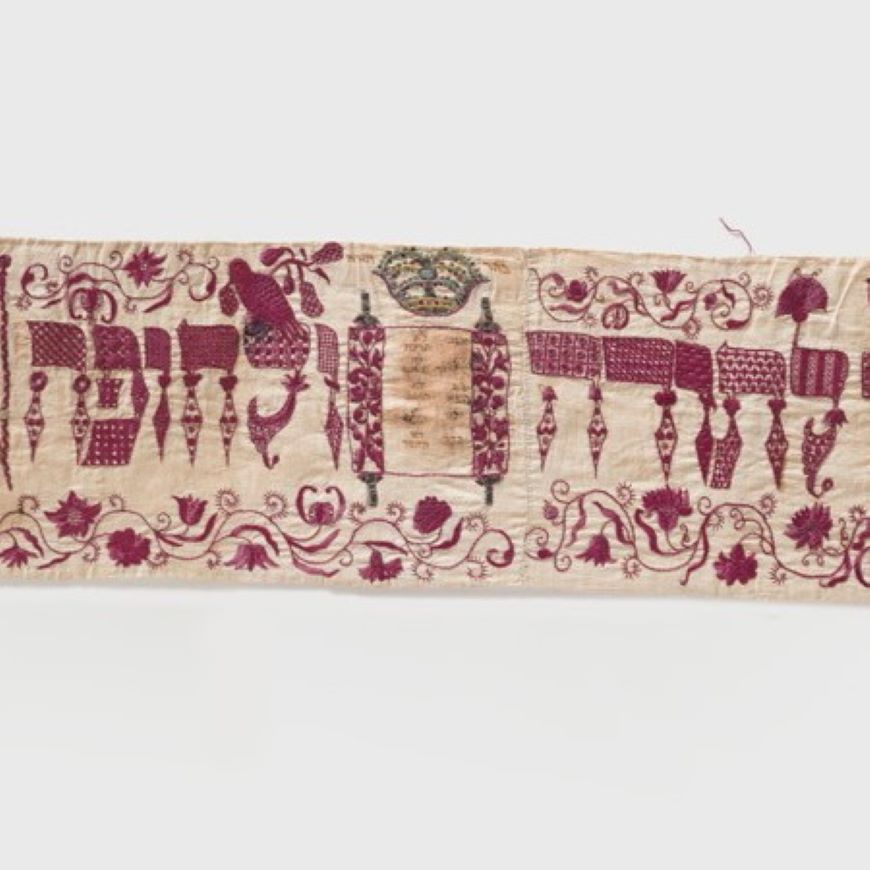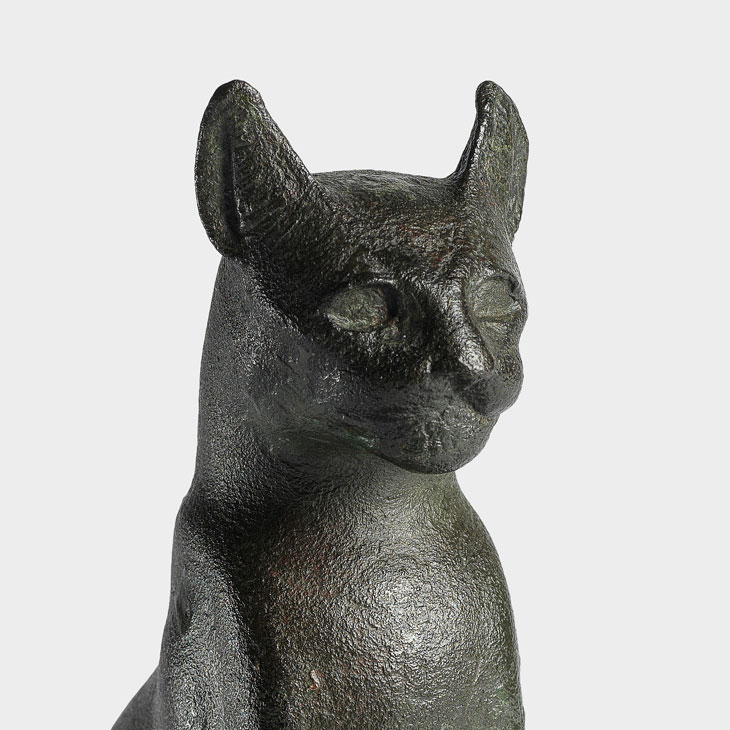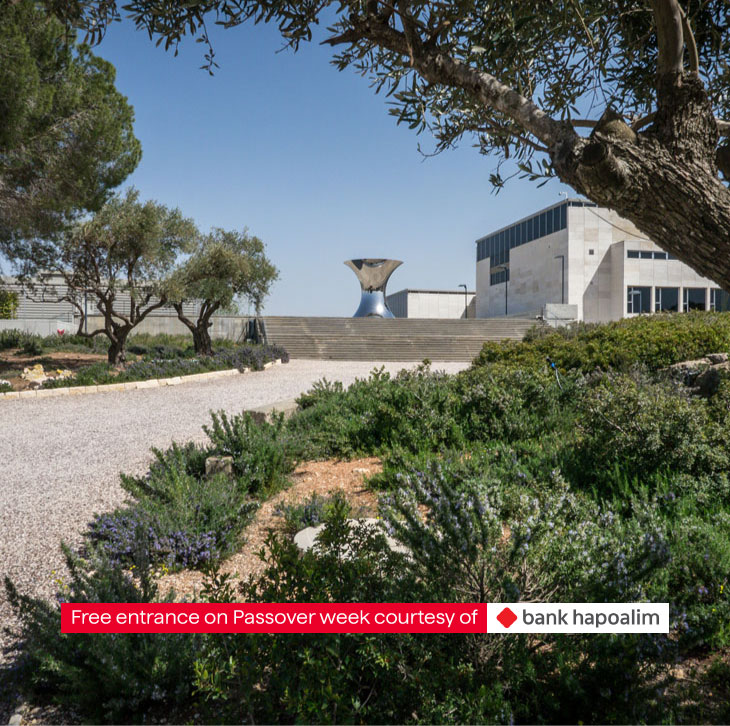
Gideon Gechtman
1942—2008
-
December 4 2013 - April 5 2014
Curator: Aya Miron
-
- : Gideon Gechtman
Gideon Gechtman will not die again. Now, five years after the actual death of the artist who frequently spoke about his impending demise, we look back at the works he conceived and produced during the forty years of his career.
Gechtman was one of the pioneers of Conceptual art during the ’70s and one of the most prominent and innovative creators in Israeli art. He worked with a broad diversity of artistic means and with a marked connection to his disease, to his anticipated death, to bereavement, to memory and principally to the possibility that art works, whose survival potential is “greater than life”, would be a means of perpetuation – a kind of mausoleum designed to preserve the body of his works after his death.
In this retrospective for an artist who held numerous exhibitions but was never honored with a retrospective while he was alive, six installations that Gechtman created during those four decades are displayed together and in their entirety. Gechtman gave artistic treatment to two major unsettling events in his life: one, in the “Exposure” exhibition (1975), re-presented here, in which he related to medical procedures he underwent at age 31 during heart surgery to implant an artificial valve that prolonged his life; the second in the “Yotam” installation (1999), an artistic formulation of the process of the hospitalization and the death of his elder son Yotam at age 26.
When the “Exposure” exhibition closed, Gechtman, then 33, organized the printing of obituary notices in which his family announced his death. He posted the obituary notices on bulletin-boards around his home in downtown Rishon LeZion and had them published in daily newspapers. This was a kind of general rehearsal for his anticipated death, or perhaps an act of projection as a means of managing anxiety. As with many of his works, this action appeared in many artistic embodiments, as part of his trenchant and sometimes chilling research into the connections between life, death and the definitions of the work of art.

From the work Exposure (1975) at The Israel Museum, Jerusalem, 2013 Mixed media Collection of Bat-Sheva Gechtman and Noam Gechtman Photo © The Israel Museum, Jerusalem, by Elie Posner

Brushes (Bat-Sheva and Gideon Gechtman), 1974, Human hair, wood, copper plates and glass, Collection of Bat-Sheva Gechtman and Noam Gechtman, Photo © The Israel Museum, Jerusalem, by Elie Posner

Archive, 2003 (detail), Mixed media, The Israel Museum, Jerusalem, purchase, "Here & Now" Contemporary Israeli Art Acquisitions Committee, Israel Photo © The Israel Museum, Jerusalem, by Elie Posner
- Apr 14Apr 15Apr 16Apr 17Apr 18
- Mar 01Mar 08Mar 15Mar 22Mar 29Apr 05Apr 19Apr 26
- Mar 21Mar 22Mar 28Mar 29Apr 05Apr 19Apr 26
- Mar 17Mar 20Mar 24Mar 27Mar 31Apr 03Apr 07Apr 10Apr 21Apr 24Apr 28
- Mar 17Mar 24Apr 07Apr 21Mar 31Apr 28
- Mar 17Mar 20Mar 24Mar 27Mar 31Apr 03Apr 07Apr 10Apr 15Apr 16Apr 21Apr 24Apr 28
- Mar 24Mar 31Apr 07Apr 21Apr 28
- Mar 25Apr 01Apr 08Apr 22Apr 29
- Mar 25Apr 01Apr 08Apr 22Apr 29
- Mar 18Mar 25Apr 01Apr 08Apr 22
- Apr 22
- Apr 22
- Apr 22May 20Jun 19Jun 24
- Mar 06Mar 13Mar 20Mar 27Apr 03Apr 10Apr 17Apr 24
- Mar 06Mar 13Mar 20Mar 27Apr 03Apr 10Apr 17Apr 24
- Mar 06Mar 13Mar 20Mar 27Apr 03Apr 10Apr 17Apr 24
- Apr 24May 27
- Mar 20Mar 27Apr 03Apr 10Apr 14Apr 17Apr 24
- Mar 25Apr 24






















